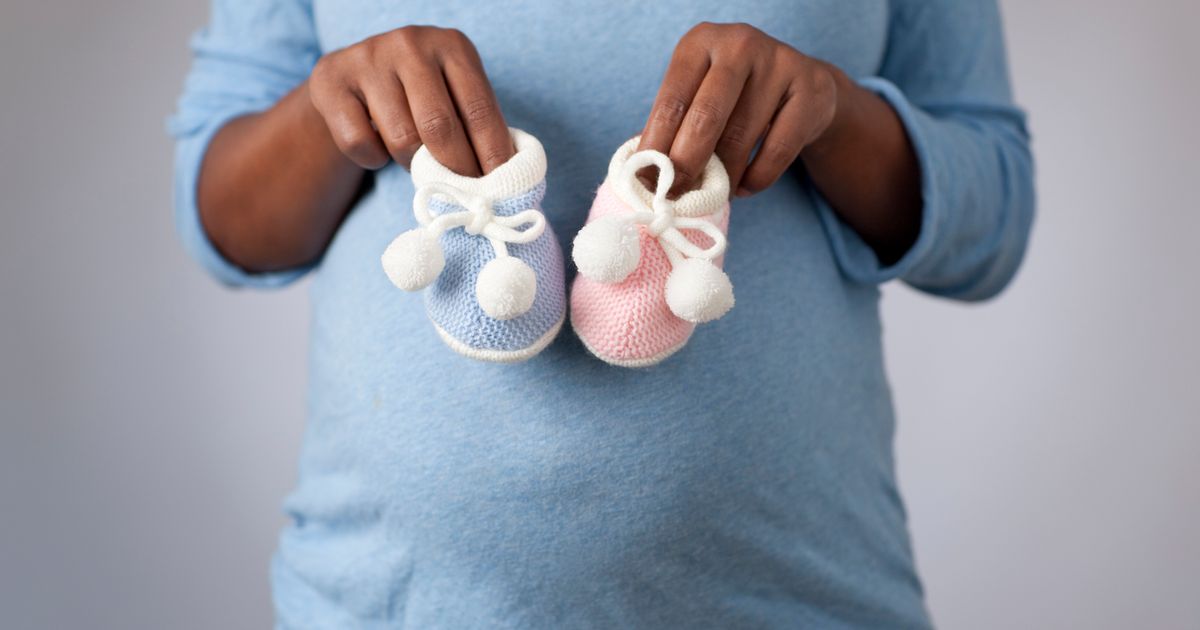What You Need To Know About Birthmarks
Birthmarks can be quite common, and they come in a large variety of colors and sizes. And while some individuals find their birthmarks endearing, others find them unattractive and somewhat troubling. They often appear at birth or during infancy and are typically red or pink, but can also be brown or purple. There are many myths surrounding birthmarks, and these myths often vary from one culture to another. But for individuals who may be looking for facts about birthmarks, the following article can help. From causes and types to common areas affected and how to remove them, it's time to answer the most popular questions individuals have about birthmarks.
What Causes Them

A common question about birthmarks is what causes them. Many things can cause these marks, and while some cases are hereditary, most are not. Certain conditions, such as Klippel-Trenaunay syndrome and Sturge-Weber syndrome, can cause gene mutations resulting in birthmarks. However, these conditions are rare. A more common cause is when blood vessels in various areas near the skin's surface do not form properly. For example, they may cluster together in one area, or may be larger than normal. Another common cause of birthmarks is when there is more color pigmentation in one area of the skin than in other areas. Finally, some professionals believe an overabundance of protein produced during pregnancy can increase the chances of birthmarks in newborns and infants.
Learn the facts about where birthmarks can appear now.
They Can Appear Anywhere

Another question many individuals ask about birthmarks is where are the most common places they can occur. And the simple answer to this question is they can appear anywhere on the body. However, where birthmarks occur are often determined by the cause of the mark. For example, while marks known as port wine stains typically occur on the face or neck, marks known as hemangiomas most often develop on the head, neck, or extremities. Birthmarks known as salmon patches typically develop on the backside of the neck, between the eyes, or on the eyelids. The buttocks and the lower back are common areas affected by marks referred to as Mongolian blue spots. These are just some examples of where birthmarks can occur, and there are several other types of marks that can develop almost anywhere on the body.
Keep reading to learn about the impact of birthmarks on health.
